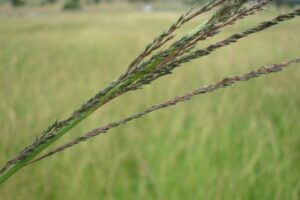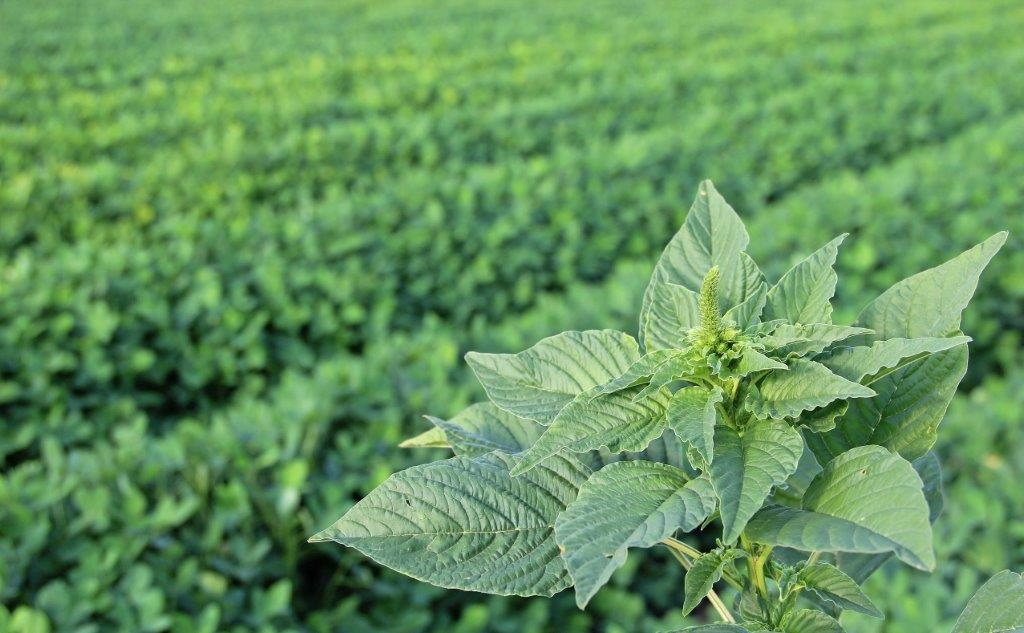It was my “Plant Protection” (code for how to kill competitors in monoculture cropping) lecturer at University who first posed this seemingly simple question to a bunch of disinterested, (probably hung-over) budding Ag Scientists – about 30 years ago.
“A weed is a plant out of place” was the seemingly simple answer.
So one plant that plays a critical role in one ecosystem or landscape may also be considered a “weed” in another?
Or is that assumption also flawed as we may not have the knowledge to know what the role or function is that the plant is playing?
If “weeds” are classified therefore by function rather than by species, how do we currently have such a focus on particular species of invasive weeds.
That concept would assume that the plant in question has no role anywhere, ever. So why does it exist in nature at all?
I am vocal in my opposition to the facilitation of “weed identification days” simply as it trains people to focus on what they don’t want, not what they do.
Even then, how good is the information that’s supplied and in what context is it delivered?
Lots of questions, but I guess at least everyone can agree on Gympie’s old foe- Rats Tail is definitely A WEED!

Or not…. A recent article by local Giant Rats Tail (GRT) specialist Victoria Kane who is commercialising its seed as a human superfood- pointed out that of the 25 species of “Rats Tail” plant found in Australia, only 4 were on the notifiable weeds list* and many are actually native Sporobolus varieties.
Furthermore, it was her opinion that locally, DNA identification was required to truly be sure which variety of Rats Tail you are dealing with (and she’s doing a Masters on the topic!).
Are local “weeds inspectors” as well educated? A pretty important question when one of the recommended treatments* for GRT could best be described as a “forever chemical” and advisors telling landholders to potentially contaminate land – maybe to kill a native grass species isn’t a great look!
In the last year it seems we spent 6 months trying to stop plants from dying in one of the driest periods in many decades for our region, 2 months enjoying watching them come back to life, and now the rest of the Summer trying to kill, mow or “control” them!
As I see and learn more, I see practices like spraying, burning, continual low mowing and tillage as being incredibly detrimental to biodiversity, ecology and long term productivity of land – and yet much of our current food production and public land management relies on these degradative practices.
Regenerative agriculture, in all its forms, focuses on life, not death. On building soil health by encouraging living roots and multiple layers of green leaf cover (all plant species have a role). Of using animals to re-engage natural systems & cycles; but it’s also about thinking creatively to simultaneously improve food production capacity and ecological outcomes. Could weeds become food (well technically they are already)?
Be observant as to the function of “weeds” at your place and think for yourself as peers and neighbours engage in destructive practices just because that’s what they’ve always done. Make buying decisions (and voting decisions) that send a clear message that it’s time for things to change to practices that embrace the complexity of nature.
Insist on buying Certified Organic and regenerative, ask councillors and elected officials for transparency around poison usage figures and get the No Spray Register changed so chemical treatment around your place is by request only- “opt in “rather than “opt out” of roadside poisoning.
A little Wishlist for 2024.
* chrome-extension://efaidnbmnnnibpcajpcglclefindmkaj/https://www.daf.qld.gov.au/__data/assets/pdf_file/0010/69616/rats-tail-grasses.pdf
